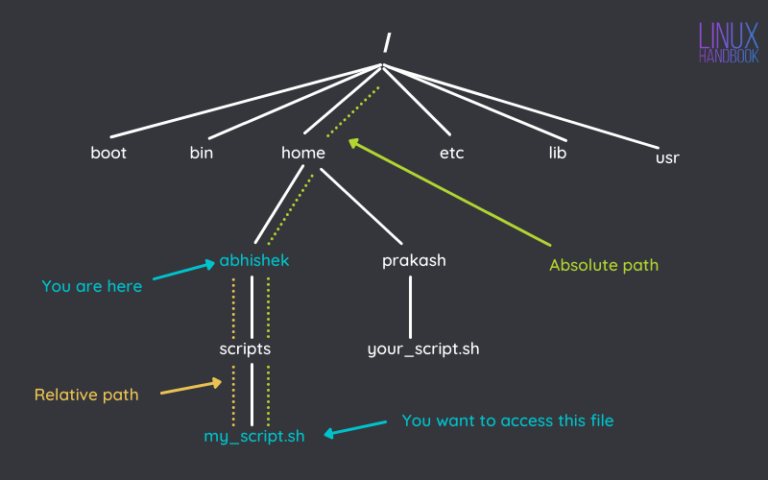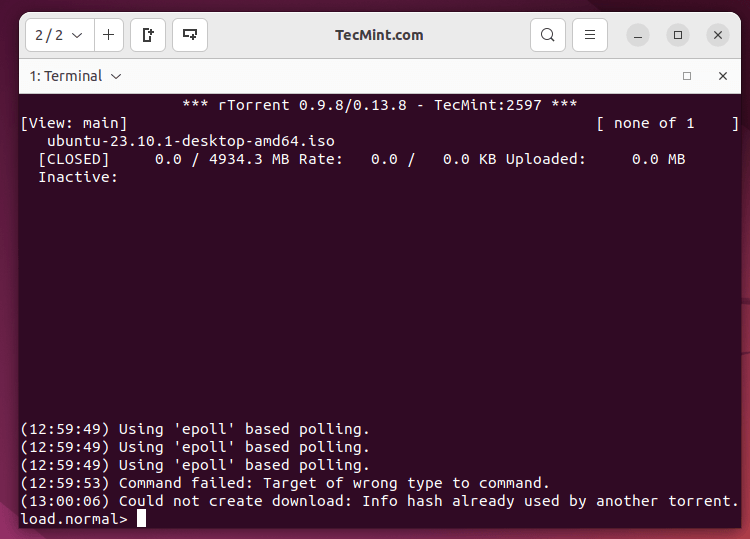12 Best Linux Server Distributions to Use in 2023
Linux is free and open-source, this has emanated from the low total cost of ownership of a Linux system, compared to other operating systems.
Although Linux operating systems (distributions) are not entirely doing well on desktop computers, they are commanding the stats when it comes to powering servers, mainframe computers as well as supercomputers in data centers around the world.
There are several factors attributed to this: the first and most important that you might have thought of, is the general freedom associated with it, stability, and security among others.
In this article, we will list the top 12 Linux server distributions of 2023 based on the following considerations: data center capabilities and reliability in relation to supported functionalities and hardware, ease of installation and use, cost of ownership in terms of licensing and maintenance, and accessibility of commercial support.
1. Ubuntu
Top on the list is Ubuntu, an open-source Debian-based Linux operating system, developed by Canonical. It is, without a doubt, the most popular Linux distribution out there, and many other distributions have been derived from it. Ubuntu server is efficient for building top-performance, highly scalable, flexible, and secure enterprise data centers.
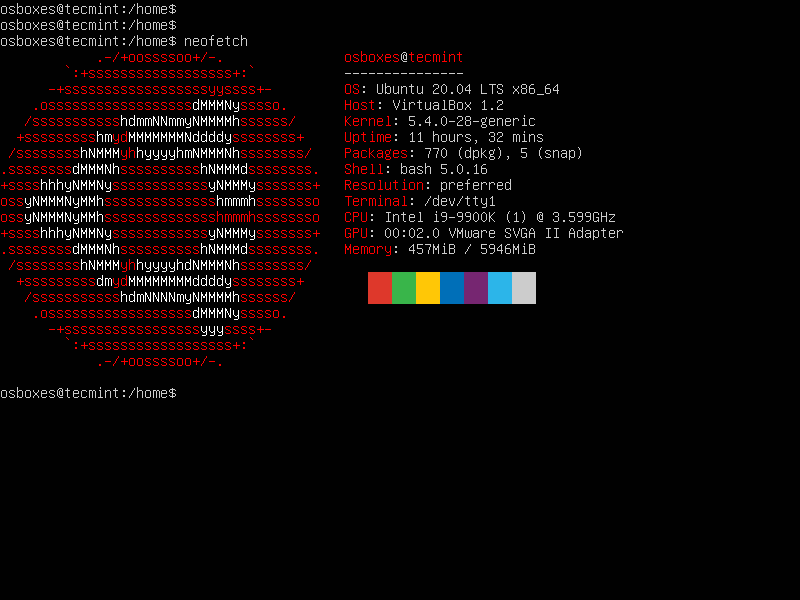
It offers remarkable support for big data, visualization, and containers, IoT (Internet Of Things); you can use it from most if not all common public clouds. Ubuntu server can run on x86, ARM, and Power architectures.
With the Ubuntu Advantage, you can get commercial support and services such as a systems management tool for security audit, compliance, and the Canonical livepatch service, which helps you to apply kernel fixes and many more. This is coupled with support from a robust and growing community of developers and users.
2. Red Hat Enterprise Linux (RHEL)
Second on the log is Red Hat Enterprise Linux (RHEL), an open-source Linux distribution developed by Red Hat, for commercial use. It is based on Fedora, which is a community-driven project: a great deal of software that is available on RHEL is first developed and tested on Fedora.
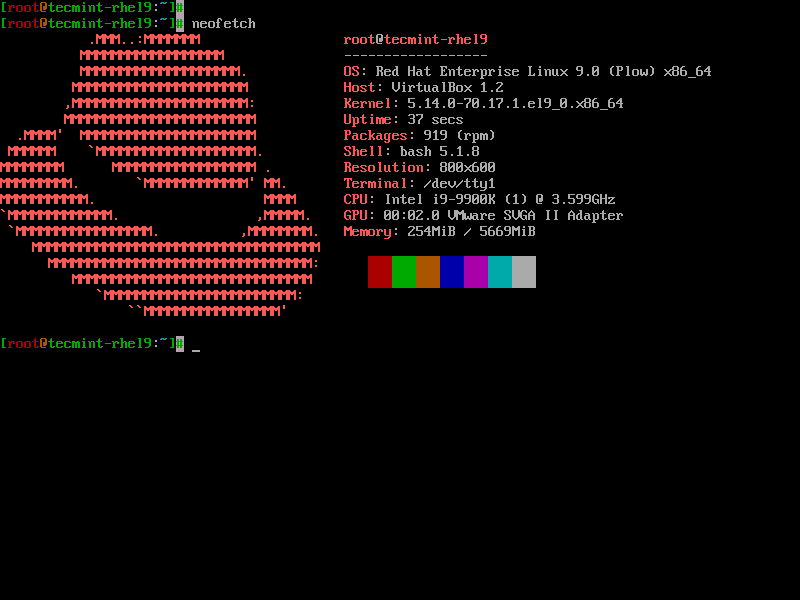
RHEL server is a powerful, stable, and secure software for powering modern data centers with software-oriented storage. It has amazing support for cloud, IoT, big data, visualization, and containers.
RHEL server supports 64-bit ARM, Power, and IBM System z machines. The Red Hat subscription enables you to get the latest enterprise-ready software, trusted knowledge, product security, and technical support from engineers.
3. SUSE Linux Enterprise Server
SUSE Linux Enterprise Server is an open-source, stable, and secure server platform built by SUSE. It is developed to power physical, virtual, and cloud-based servers. It is well suited for cloud solutions with support for visualization and containers.
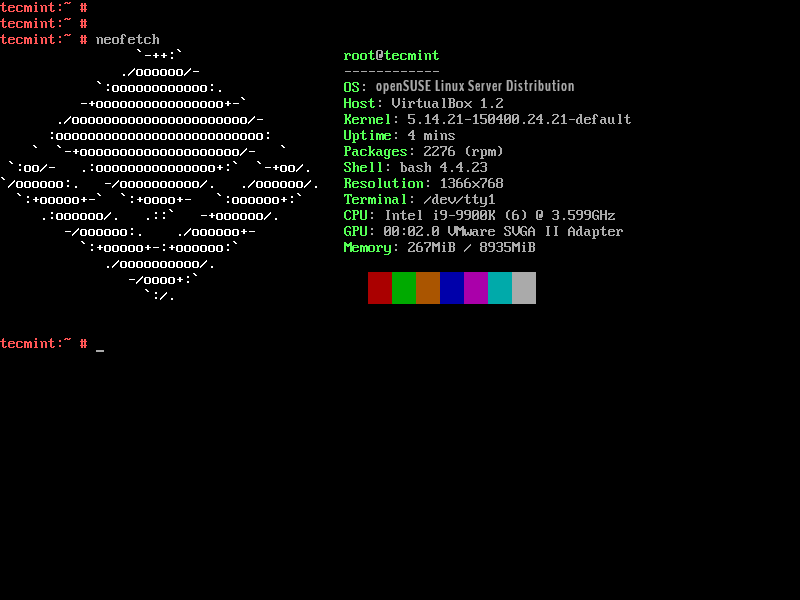
It runs on the modern hardware environments for ARM System on Chip, Intel, AMD, SAP HANA, z Systems, and NVM Express over Fabrics. Users can get technical support and services under various categories including priority support, and dedicated engineering among others, with SUSE Subscription.
4. Rocky Linux
Hosted by the Rocky Enterprise Software Foundation, Rocky Linux is a relatively new, free, open-source, and community-driven enterprise operating system built as a trusted successor of the then-popular CentOS Linux. Rocky Linux is stable, secure, and 100% compatible with RHEL.
Rocky Linux has CentOS roots. The founder of Rocky Linux Gregory Kurtzer is also a co-founder of the CentOS Linux project. It is under intensive development by the community and is the fastest-growing enterprise Linux distro being adopted in enterprise and high-performance computing (HPC) environments to run mission-critical workloads.
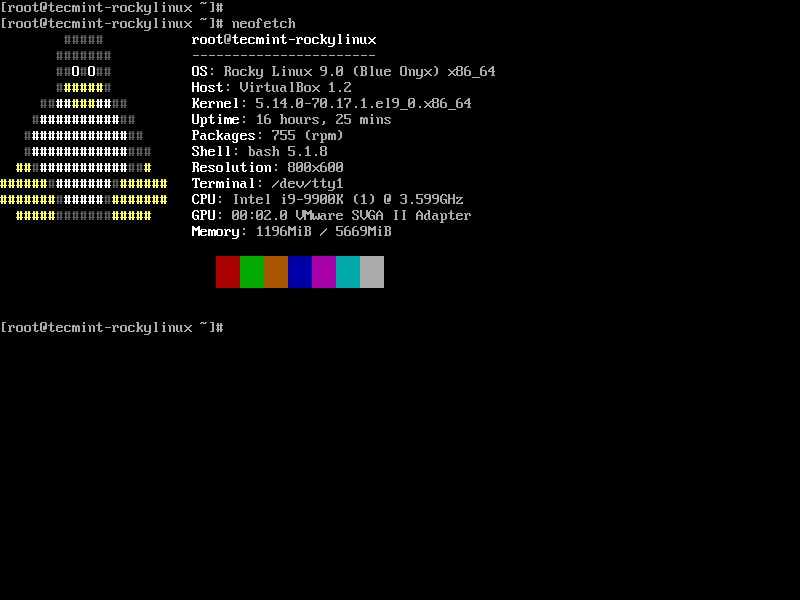
For new users, Rocky Linux provides an easy-to-use migration script to migrate from other enterprise Linux distributions, usable free of charge. Besides, it offers regular updates and a 10-year support lifecycle, also for free.
5. AlmaLinux OS
AlmaLinux OS is another free, open-source, and community-driven perfect replacement for CentOS Linux. It is intended for Individuals and organizations that require an enterprise-grade Linux distro but can not afford or don’t want to pay for an RHEL license.
The development and maintenance of AlmaLinux are governed and driven by the community and overseen by the AlmaLinux OS Foundation. The project is focused on long-term stability and a robust production-grade platform.
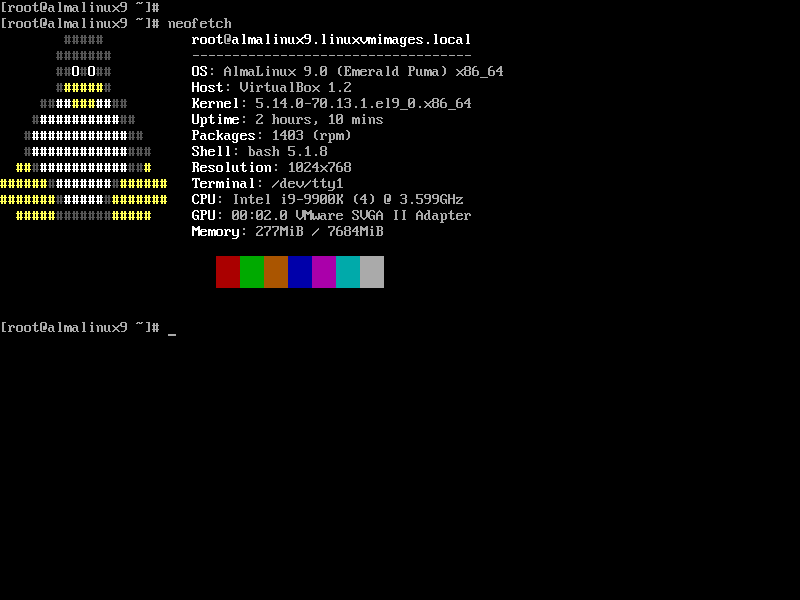
Importantly, just like Rocky Linux, AlmaLinux also offers a tool for migrating from other enterprise Linux distros, called almalinux-deploy.
6. CentOS (Community OS) Linux Server
CentOS is a stable and open-source derivative of Red Hat Enterprise Linux (RHEL). It is a community-supported distribution and is therefore operationally compatible with RHEL. If you want the use RHEL without paying a considerable amount of money via subscription, then you have to use CentOS.
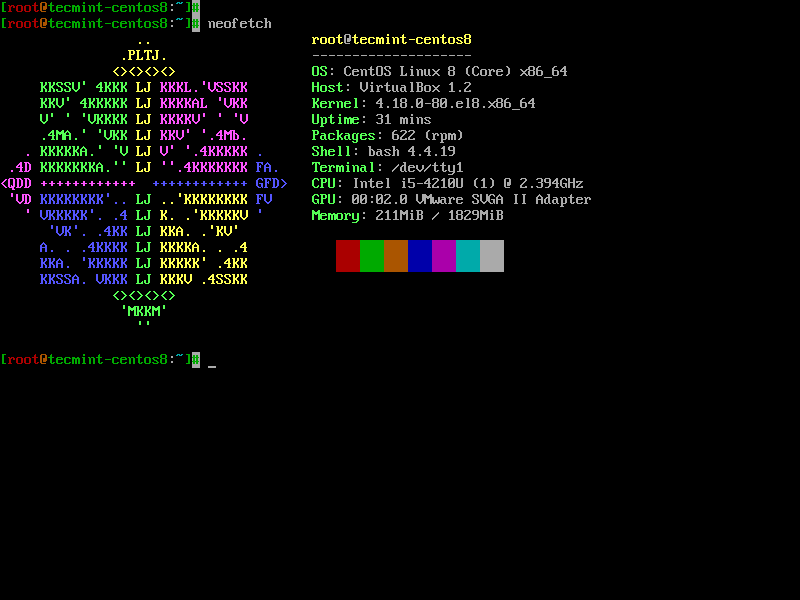
The CentOS distribution offers two variants: CentOS Linux and CentOS Stream.
- CentOS Linux is rebuilt from RHEL and referred to as the downstream variant.
- CentOS Stream is the upstream variant, which is used to develop the RHEL source code.
Since it is free software, you can get support from other community members, users, and online resources as well.
7. Debian
Debian is a free, open-source, and stable Linux distribution maintained by its users. It ships in over 51000 packages and uses a powerful packaging system. It is being used by educational institutions, business companies, and non-profit and government organizations.
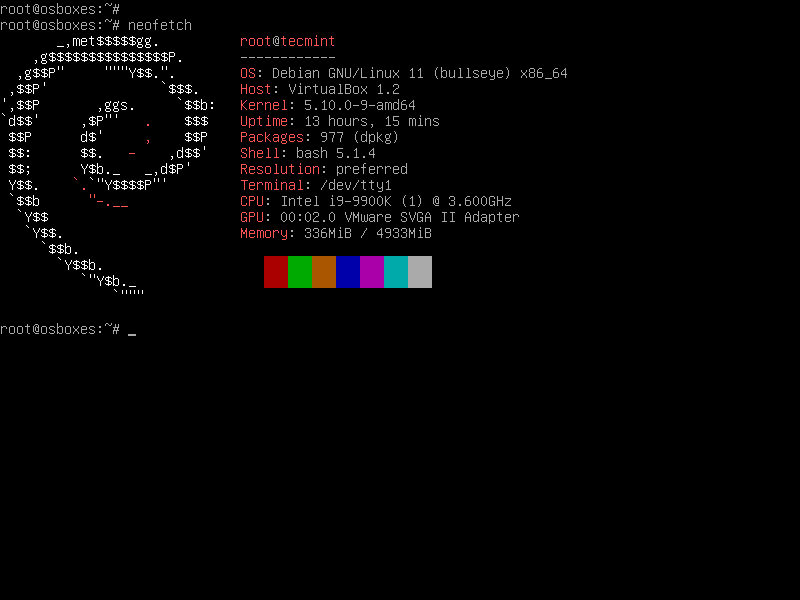
It generally supports a larger number of computer architectures including 64-bit PC (amd64), 32-bit PC (i386), IBM System z, 64-bit ARM (Aarch64), POWER Processors, and many more.
It has a bug-tracking system and you can get support for Debian by reading through its documentation and free web resources.
8. Oracle Linux
Oracle Linux is a free and open-source Linux distribution packaged and distributed by Oracle, intended for the open cloud. It’s remarkably engineered for small, medium to large enterprises and cloud-enabled data centers. It offers tools for building scalable and reliable big data systems and virtual environments.
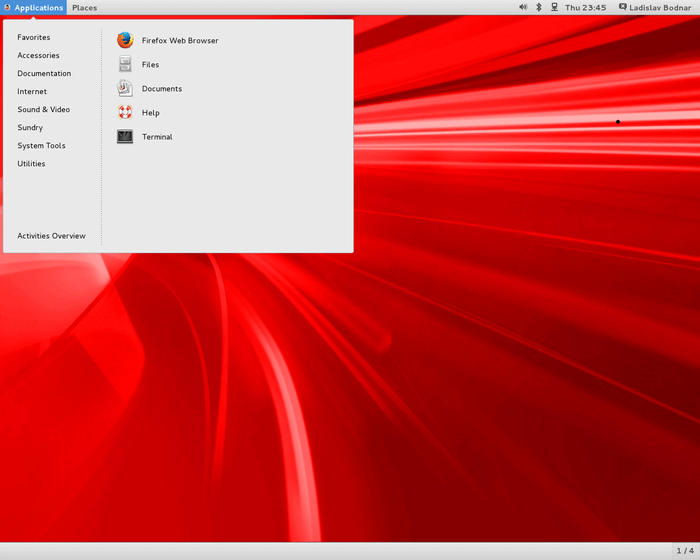
It runs on all x86-based Oracle-engineered systems and the Oracle Linux Support program enables you to get top-rated support with premier backports, extensive management, cluster applications, indemnification, testing tools, and plus so much more, at a reasonably lower cost.
9. Mageia
Mageia (a fork of Mandriva) is a free, stable, secure Linux operating system that is developed by a community. It provides an enormous repository of software including integrated system configuration tools. Importantly, it was the first Linux distribution to replace Oracle’s MySQL with MariaDB.
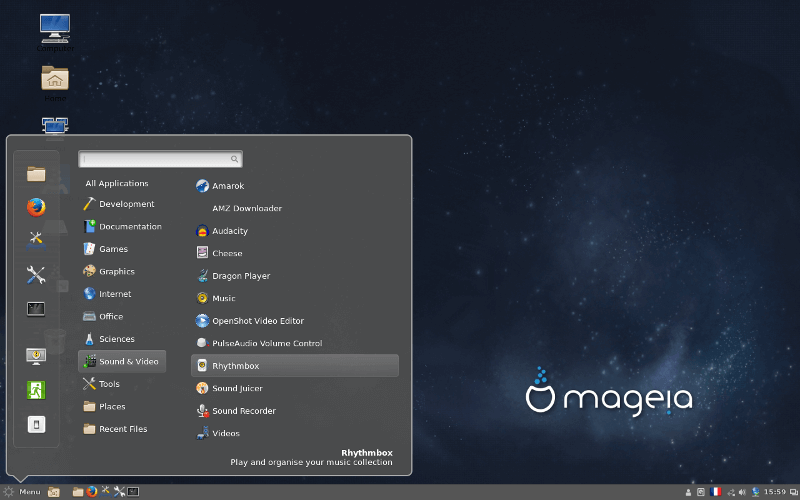
In case you need any support, you can contact the Mageia community which is made up of users, makers, and advocates.
10. ClearOS
ClearOS is an open-source Linux distribution derived from RHEL/CentOS, built by ClearFoundation and marketed by ClearCenter. It is a commercial distribution intended for small and medium enterprises as a network gateway and network server, with an easy-to-use web-based administration interface.
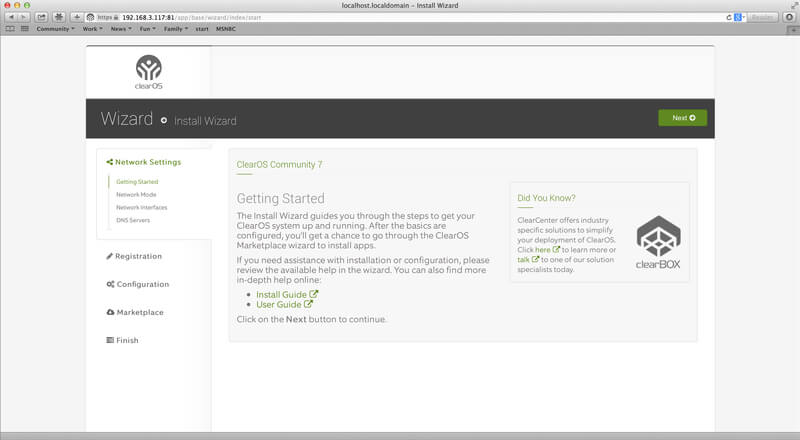
It is a smart, full-featured server software that is highly flexible and customizable. You receive premium support at an affordable cost and get additional software from the application marketplace.
11. Arch Linux
Arch Linux is also a free and open-source, simple, lightweight yet secure Linux distribution. It is flexible and stable; provides the latest stable versions of most software by following a rolling-release pattern and uses both official package and community-supported package repositories.
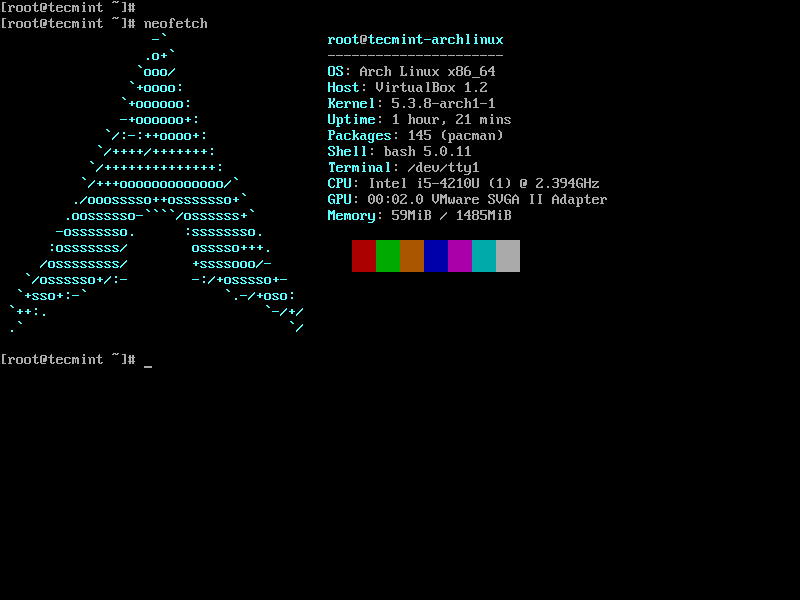
Arch Linux is a general-purpose distribution that is optimized for the i686 and x86-64 architectures. However, because of decreasing popularity among the developers and other community members, support for the i686 has now dropped.
It has a formal bug-tracking facility and you can get support from a thriving community and other online resources.
12. Slackware Linux
Last on the list is Slackware, a free and open-source, powerful Linux distribution that strives to be the most “Unix-like” in design simplicity and stability as well. It was created by Patrick Volkerding in 1993 and is best suited for Linux users who aim at technical proficiency.
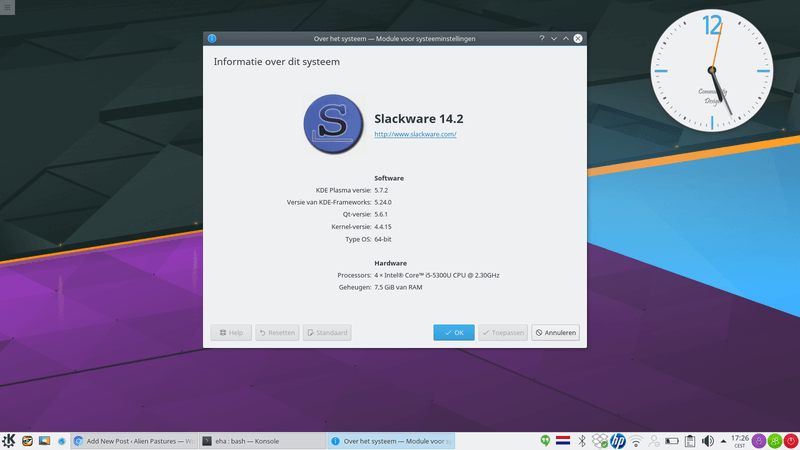
It doesn’t offer a graphical installation method and has no auto-dependency resolution of software packages. Additionally, Slackware uses plain text files and a number of shell scripts for configuration and administration. And has no formal bug-tracking service or public code repository.
It has a wide range of development tools, editors, and current libraries for users who want to develop or compile supplementary software on their servers. It can run on Pentium systems and the latest x86 and x86_64 machines.
Slackware has no official support term policy, however, you can find help from comprehensive online documentation and other related resources.
That’s it! In this article, we have listed the top 12 Linux server distributions to use in 2023. Which distribution are you or your company using to power servers out there? Let us know via the comment section below.


